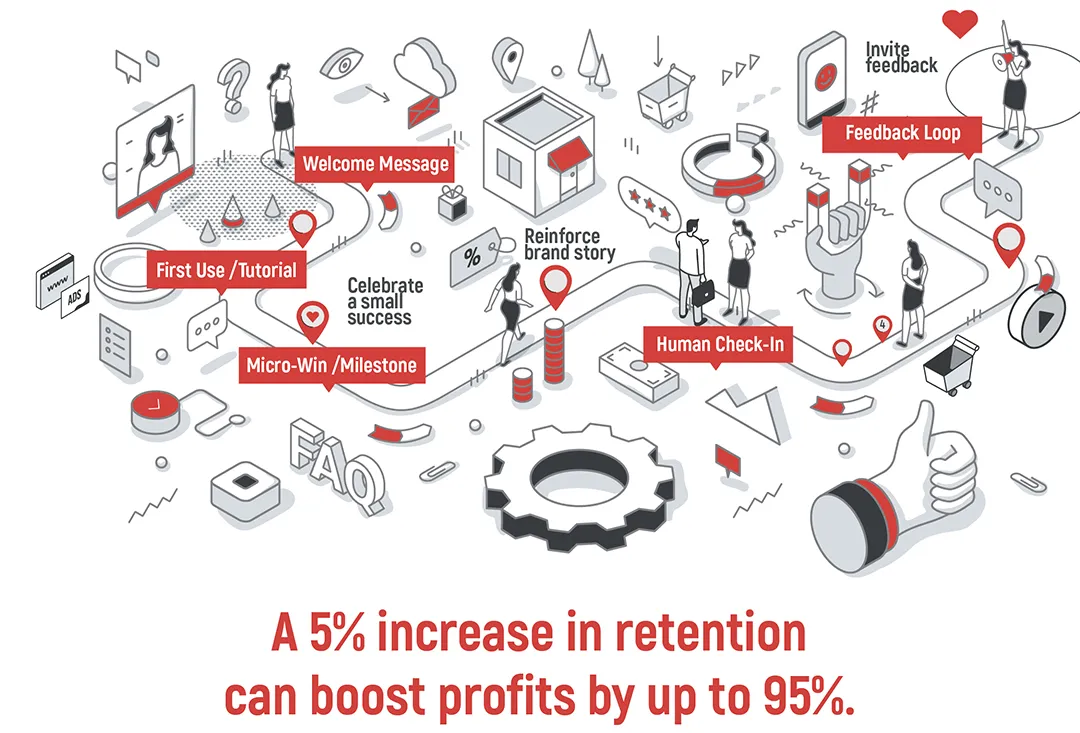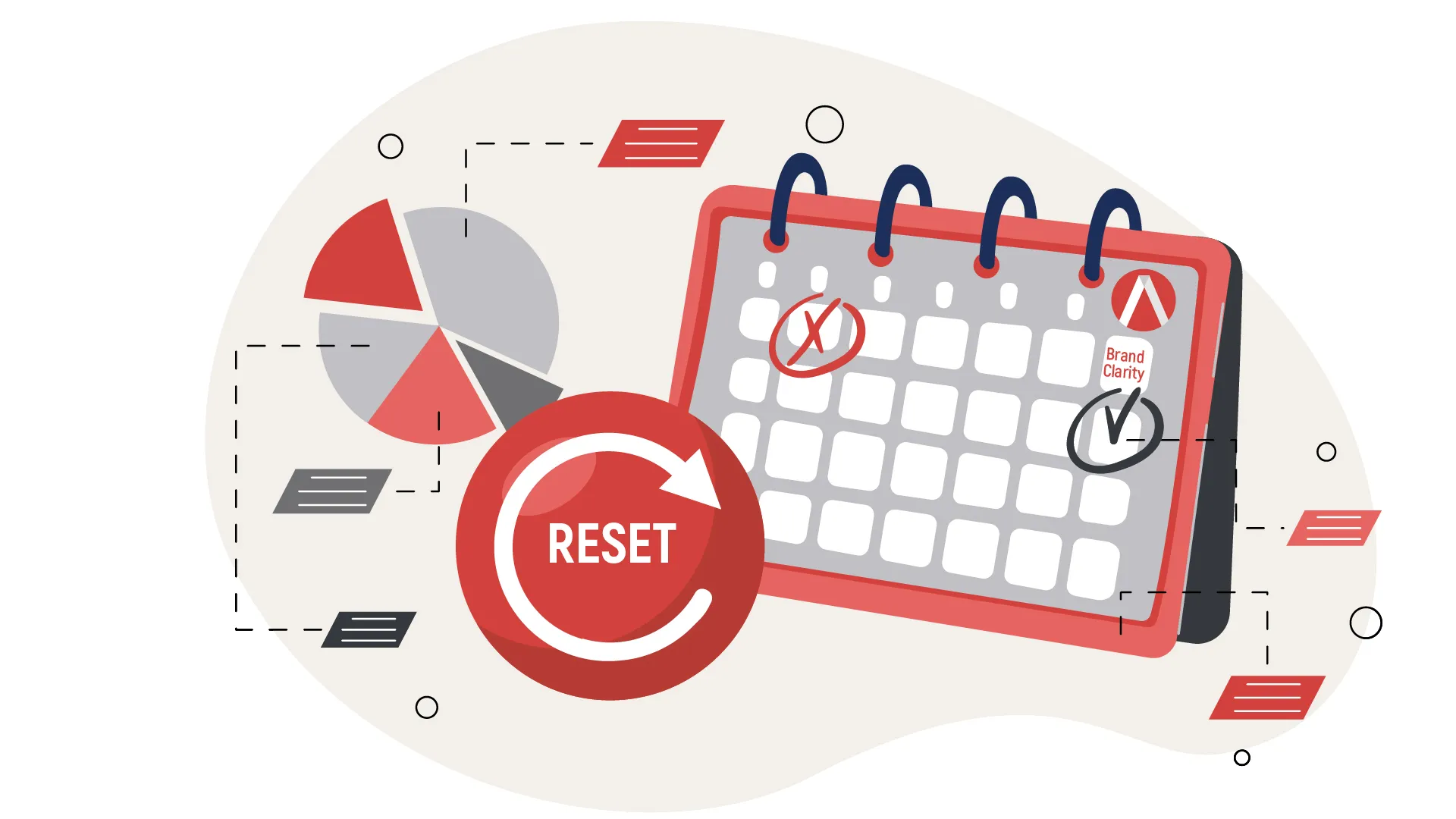by Lori Jones, President & CEO, Avocet Communications
Key Takeaways
- The first 30 days after a customer signs on are the most critical to lifetime value.
- Small frictions, not major failures, quietly erode trust and loyalty.
- Onboarding isn’t an operational task; it’s a powerful brand moment.
- Brands that humanize early engagement see stronger retention, referrals, and emotional connection.
I’ve seen it happen again and again: a brand wins the customer, celebrates the sale, then goes quiet. The confetti settles. The customer, excited and expectant, opens their first email or product box and feels… nothing.
That’s the danger zone.
We call it the silent churn, the unmeasured, invisible erosion of brand love that happens in the early days after acquisition. It’s not loud enough to trigger alarms in your analytics, but it’s deadly over time.
The $1 Million Leak You Don’t See
In many organizations, the problem hides in plain sight. On paper, everything looks strong; the funnel performs well, creative tests high, and acquisition costs are on target. Yet behind those promising metrics, customers quietly slip away within the first few months.
When marketers dig deeper, they often discover the same culprit: the early experience doesn’t live up to the promise that brought customers in. Every touchpoint, from the first “Welcome!” email to the tutorial or follow-up message, functions correctly but feels emotionally disconnected. It’s efficient but not engaging. Clear, but not connective.
Brands that address this gap see dramatic results. By reintroducing the brand story throughout the early journey, building a more human follow-up cadence, simplifying onboarding steps, and adding small, thoughtful moments of delight (such as a message from leadership, a progress milestone, or an early success celebration), they transform routine onboarding into a brand-building moment.
The impact isn’t subtle. Churn decreases, referrals increase, and loyalty strengthens; not because of more automation, but because the experience finally feels like the brand customers believed in when they said “yes.”
That’s the power of treating onboarding not as a checklist, but as your brand’s encore performance.

The Science Behind the Silence
Behavioral and marketing research backs this up.
For example, a recent survey of B2C marketing executives found that 54% devote more than half of their marketing budget to new customer acquisition, yet only 13% do so for retention.
And from a profitability standpoint, every incremental improvement in retention matters: increasing retention by just 5% can boost profits by 25% to 95%.
Why then does onboarding often remain overlooked? Because early customer experience (or the first 30 days) frequently sits between departments: part marketing, part operations, part customer success. It’s owned by no one, funded passively, and measured with lagging indicators.
Yet those early moments define how your customer perceives your reliability, empathy, and value. That perception determines whether they become a brand advocate…or a quiet attrition statistic.
The Aha! Moment: Onboarding Is Marketing
The moment I realized this at Avocet, it changed how the team views the customer journey. Marketing doesn’t end when the sale closes. It continues, powerfully, it’s important to note, in how the brand keeps its promises.
We started encouraging clients to think of onboarding as the emotional sequel to their acquisition campaign. It’s where your tagline either becomes truth or fades into fiction.
Your brand voice, your purpose, your differentiation…they all need to show up again in the customer’s earliest experience. Because if they don’t, you’ve trained your audience to expect inconsistency.
And inconsistency kills trust faster than any competitor.
Re-Engineering the First 30 Days
If you want to find the silent killers in your brand, audit your first 30 days of engagement. Ask yourself:
- Does every early touchpoint reflect our brand’s tone, purpose, and empathy?
- Are we guiding the customer or assuming they’ll figure it out?
- Do we celebrate micro-successes or only talk to them when something’s wrong?
- Would we be proud if a prospect experienced this process?
Every “yes” builds loyalty. Every “no” builds churn.

Food for Thought
If you weren’t measuring onboarding, what stories might your silent churn be hiding? And how much growth could you unlock by turning your first 30 days into your most strategic marketing moment?
If your onboarding feels like a quiet afterthought, let’s make it your loudest growth lever. Reach out to me and let’s turn those first 30 days into your most powerful brand statement yet.





